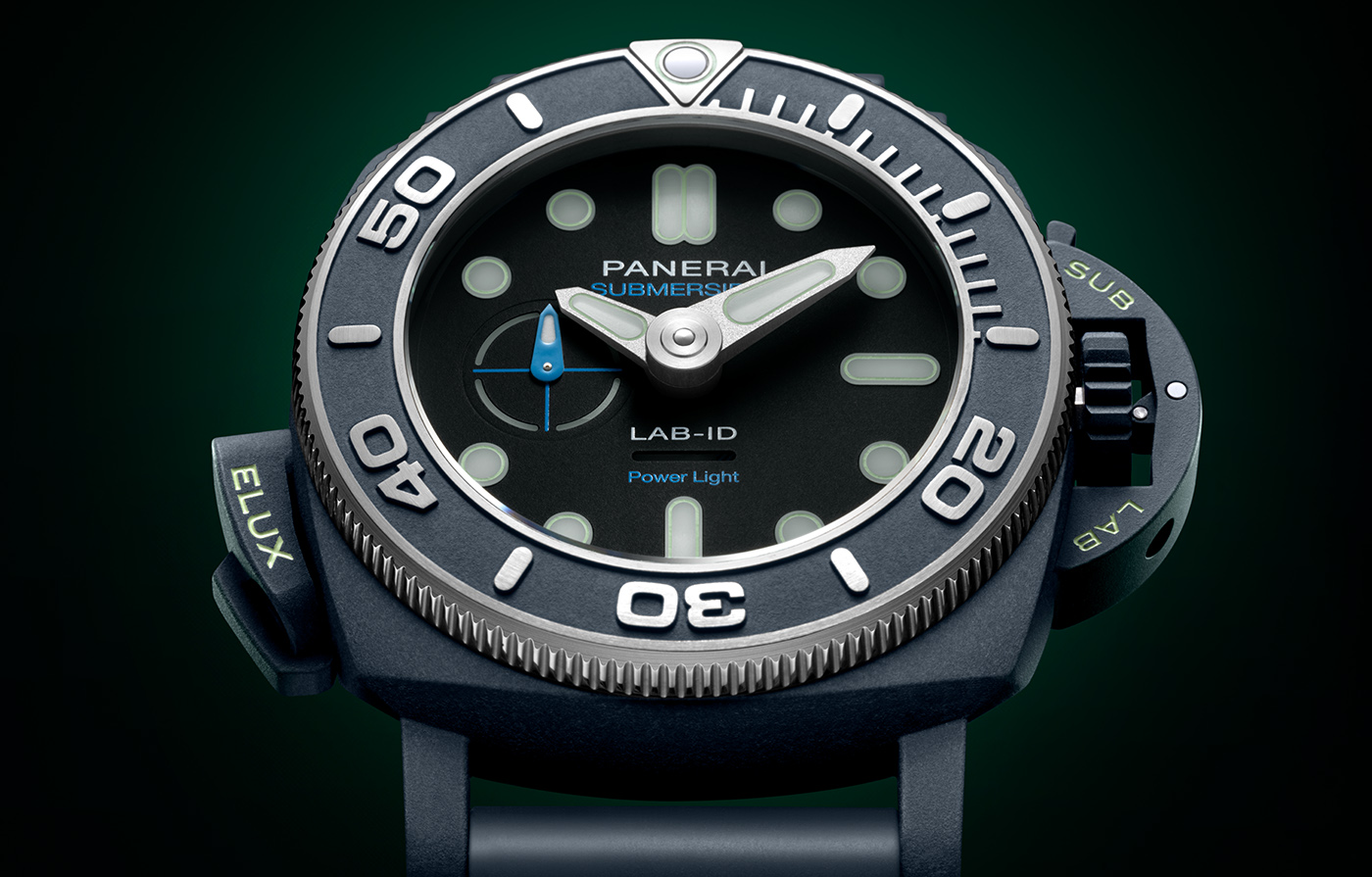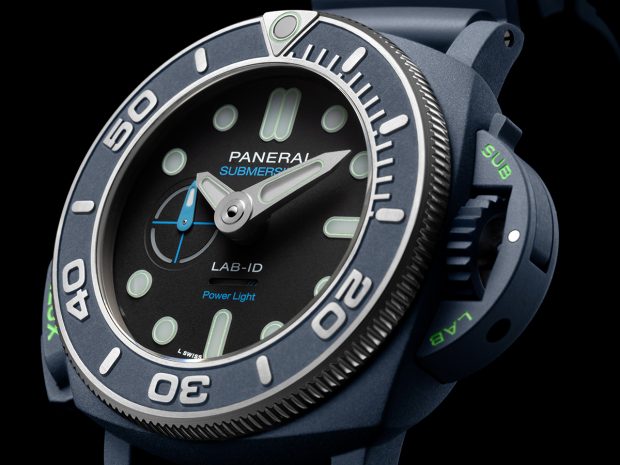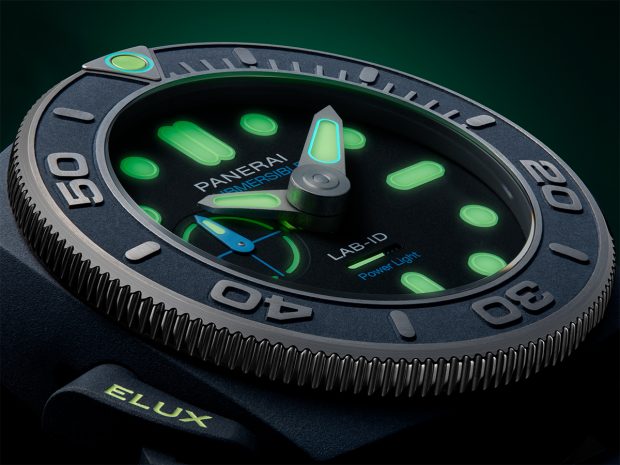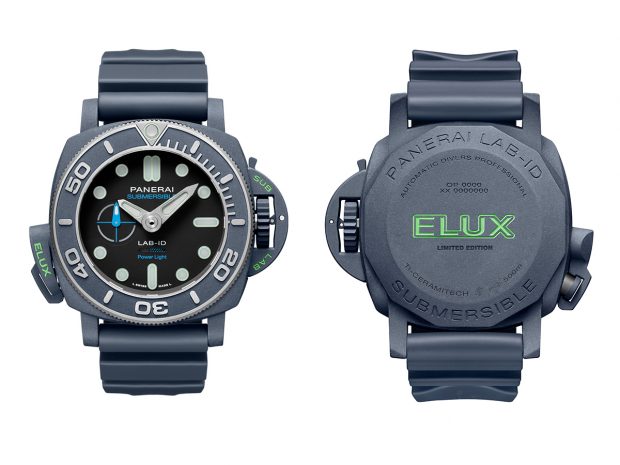

We use cookies to enhance your browsing experience, serve personalized ads or content, and analyze our traffic. By clicking "Accept All", you consent to our use of cookies.
We use cookies to help you navigate efficiently and perform certain functions. You will find detailed information about all cookies under each consent category below.
The cookies that are categorized as "Necessary" are stored on your browser as they are essential for enabling the basic functionalities of the site. ...
Necessary cookies are required to enable the basic features of this site, such as providing secure log-in or adjusting your consent preferences. These cookies do not store any personally identifiable data.
No cookies to display.
Functional cookies help perform certain functionalities like sharing the content of the website on social media platforms, collecting feedback, and other third-party features.
No cookies to display.
Analytical cookies are used to understand how visitors interact with the website. These cookies help provide information on metrics such as the number of visitors, bounce rate, traffic source, etc.
No cookies to display.
Performance cookies are used to understand and analyze the key performance indexes of the website which helps in delivering a better user experience for the visitors.
No cookies to display.
Advertisement cookies are used to provide visitors with customized advertisements based on the pages you visited previously and to analyze the effectiveness of the ad campaigns.
No cookies to display.


Building on this legacy, the new Submersible Elux LAB-ID PAM01800 reflects eight years of dedicated research and development at Panerai Manufacture in Neuchâtel. The new timepiece represents the Maison’s historic expertise in luminescence combined with its renowned mechanical watchmaking, creating a fully mechanical movement that can power light on demand.
The PAM01800 is a watchmaking feat with a 49mm case diameter, four patented systems, 50 bar (~500 meters) water resistance, and a 30-minute power light feature. The on-demand lighting, powered by mechanical energy storage, is activated through a patented pusher-protector system. The innovative arrangement of four dedicated energy-storing barrels drives a microgenerator that converts mechanical energy into electricity, illuminating various indicators on the dial.

Illuminating moving elements such as the hands and bezel marker required overcoming numerous challenges. The team ingeniously conducted electricity to the bezel outside of the watch case while maintaining exceptional water resistance levels. The mechanism provides continuous light for up to 30 minutes, a significant milestone given the limited energy compared to traditional batteries.
The PAM01800 features a Ti-Ceramitech™ case, crafted from ceramized titanium, a pending patent material by Panerai. This process transforms the titanium alloy surface into a dense ceramic layer, resulting in a distinctive blue hue inspired by the open seas. The technique yields a significantly enhanced hardness, with the case being 44% lighter than steel and having fracture toughness ten times higher than traditional ceramic.

The dial features a linear Power Light reserve indicator, a small seconds indicator at 9 o’clock, and a patent-pending bezel light system illuminating the counterclockwise rotating bezel. The iconic crown-protection bridge, a staple of Panerai’s design, guards the winding crown against impacts. The indices and hour hand accented with green SuperLuminova® X2 ensure luminosity 10% higher than SuperLuminova® X1 after 180 minutes in the dark. The watch comes with a blue rubber strap and a second bi-material strap.
The Elux LAB-ID PAM01800 is a limited edition of 150 pieces, with 50 pieces available per year over three years. This innovative timepiece epitomizes Panerai’s pursuit of creating reliable, cutting-edge instruments, merging historic luminescence expertise with modern mechanical brilliance.